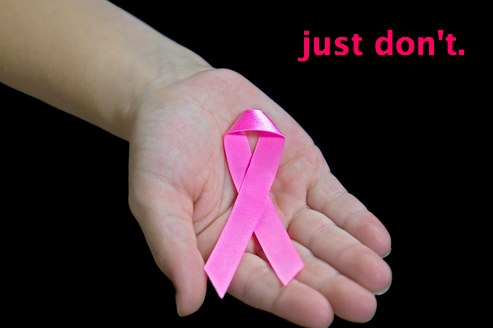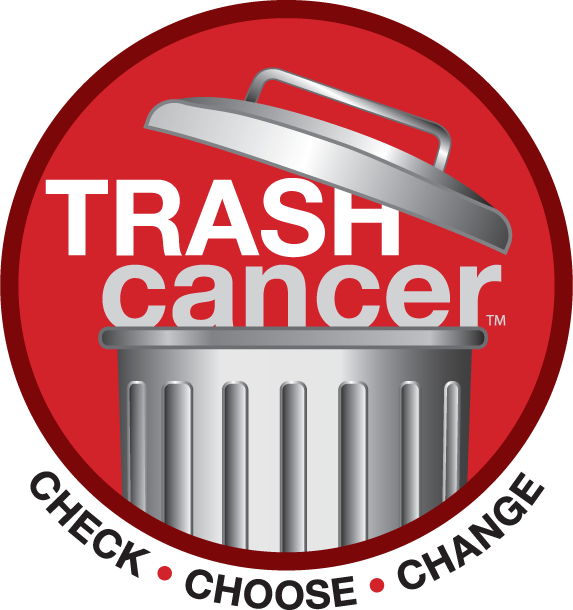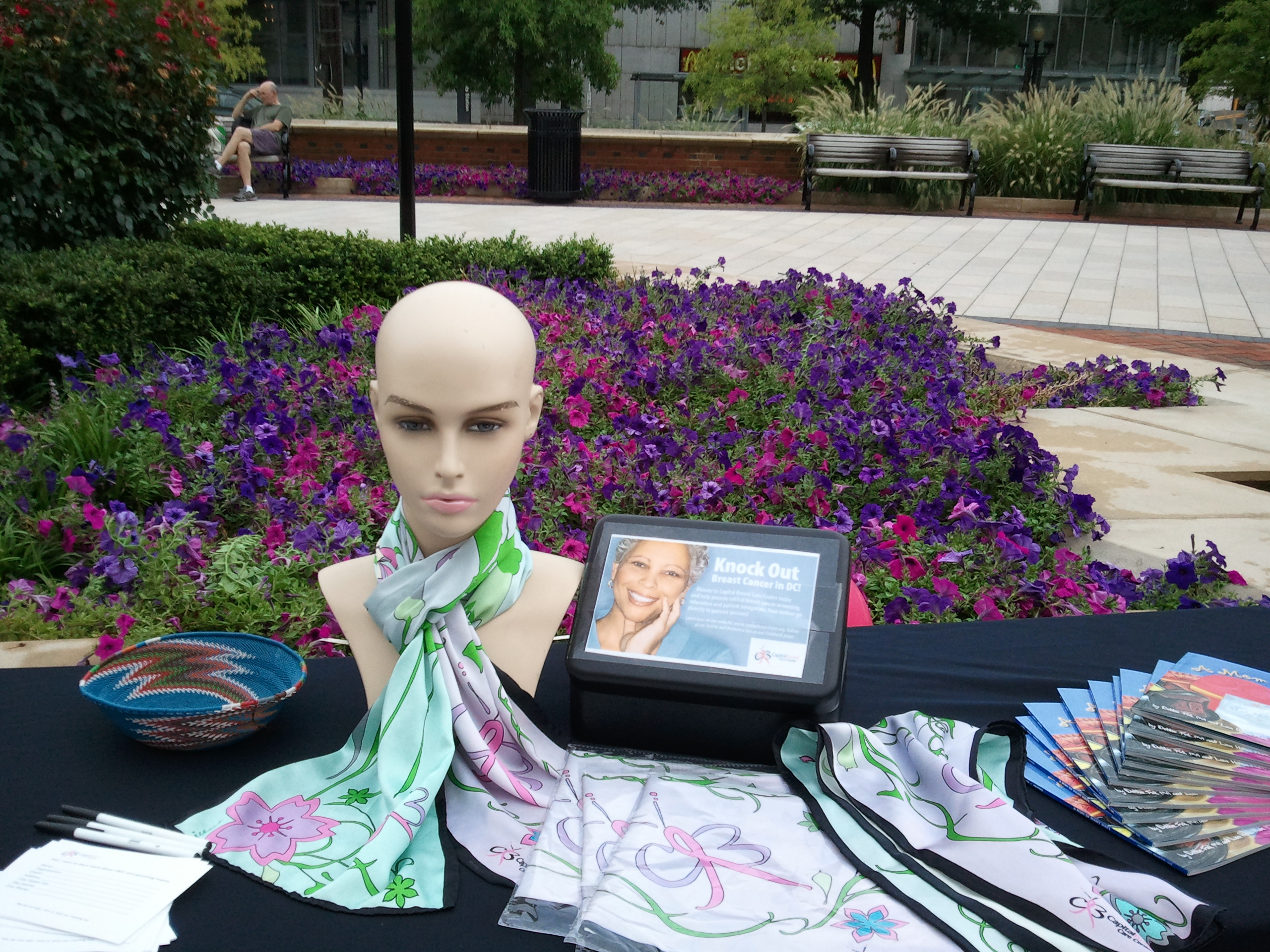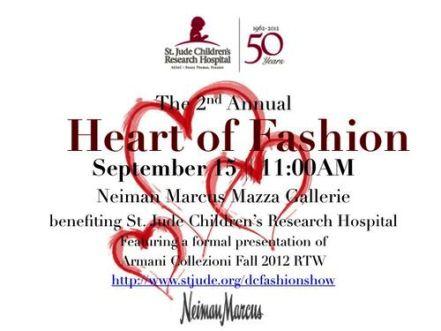Four years ago, this blog didn’t exist. I was in a relationship with Lawyer Boy and thinking that I needed to end things for my own well being.
Three years ago, I was blogging regularly and getting the hang of Twitter. I was living with “Buckeyes” Boy, but I began to question his sincerity.
Two years ago, I was recovering from my second round of chemotherapy. The drugs caused me to hemorrhage and soon, I would be thrown into medical menopause. I was in need of companionship during treatment and was spending time with Mr. Agency and Best Boy.
One year ago, I was teaching my first semester at American University. I was dating on occasion, but my priorities had shifted. I had recently finished treatment and was busy with events and fundraisers for five different breast cancer charities.
In four years, my journey has taken a lot of twists and turns. I never imagined just how much undergoing chemotherapy would change my life. My blog isn’t as much of a priority now, and I’m far more selective about which charities I support. I seek stability from my relationships with friends and my significant other and have neither the time nor the inclination for drama. I find more joy out of teaching than I thought possible.
Professionally, it’s been a big month for me, as:
- I was featured in the October 2012 issue of The Washingtonian about sex and cancer;
- My Facebook status update, “It’s October 1st. We’re f*%&ing aware. To quote Redman, it’s time for some action,” inspired a post on Forbes.com; and
- I was quoted in an article about healthy eating during chemotherapy on Today.com.
I’ve been trying to reconcile how I’ve tried to be public about my journey to help and educate others with the fact that I wish this wasn’t my journey at all. I’m happier than I’ve ever been, and I’m very appreciative of all the blessings that I have in my life. Nonetheless, not a day has passed in two years during which I haven’t been frustrated by some lingering chemotherapy side effect. I often wish that I could click my heels and go back to the way things were before cancer. I know that I’m doing what I am meant to do with my life, but that doesn’t mean the past two years have been easy. Is life ever really that simple?
I don't know where I'll be in a year, although I hope that my career and relationship continue on this same path. I'll just keep putting one foot in front of the other and see where life takes me next.
Has your life taken a twist or turn that was simultaneously very difficult and very positive?



